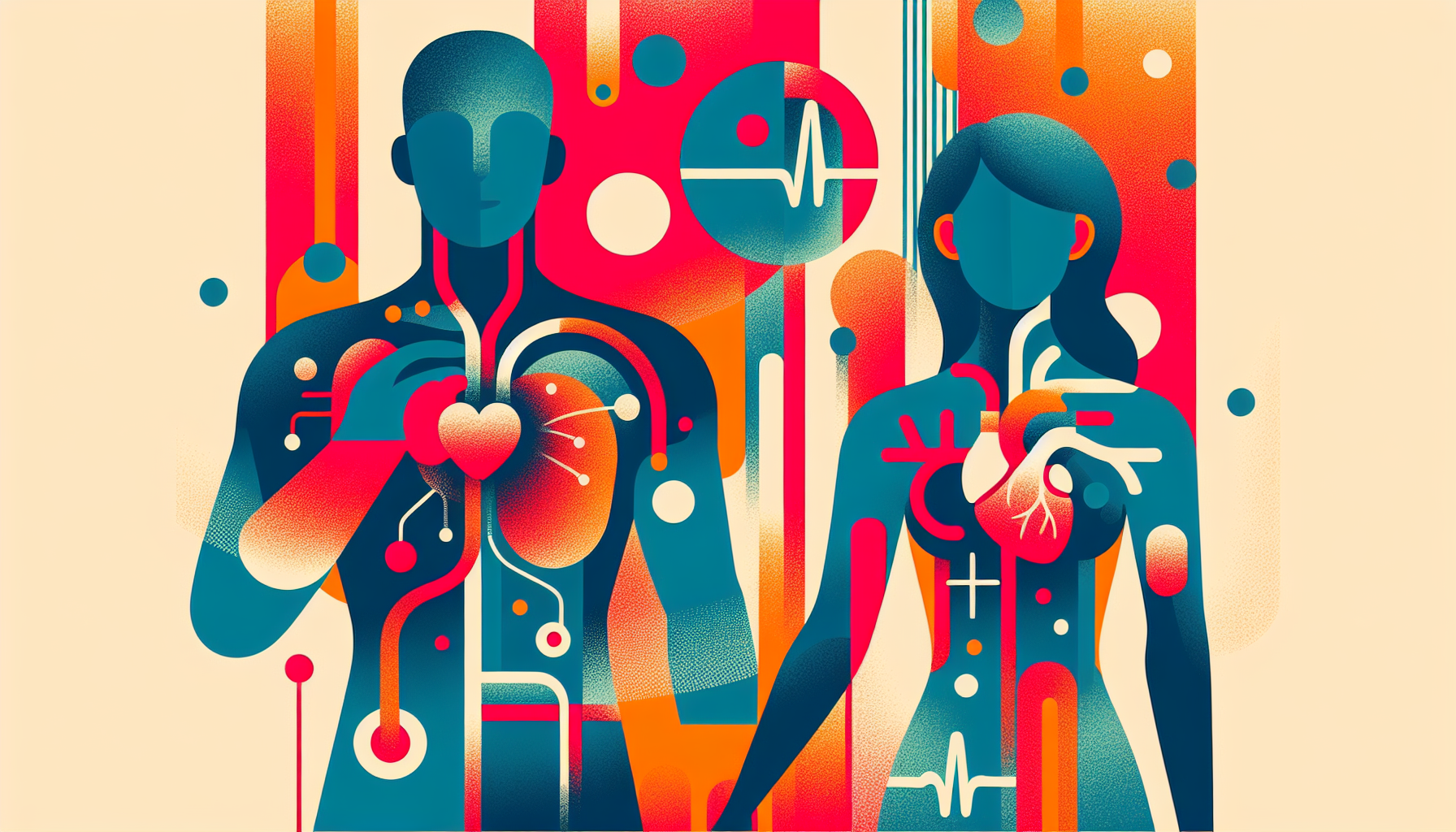Does Gabapentin Help with Sciatica?
Sciatica can cause sharp pain that shoots down your leg, making simple tasks hard. Many people wonder if gabapentin, a common medication, can ease this pain. This article [...]
Read More
Medically reviewed by Abhijit Bhattacharyya | MD, PhD, MBA, Tufts University School of Medicine - Miami, Florida on March 30th, 2024.
Ventricular septal defect (VSD) is a common congenital heart defect that occurs in infants. It is characterized by a hole in the wall (septum) between the heart's two lower chambers, called the ventricles. This defect allows oxygenated and deoxygenated blood to mix, causing the heart to work harder and potentially leading to complications if left untreated.
The exact cause of VSD is unknown, but it is believed to develop during fetal development. The defect occurs when the septum fails to form completely, leaving one or more holes. VSDs can vary in size and location within the septum.
Symptoms of VSD depend on the size of the hole and the amount of blood flowing through it. Small VSDs may not cause any noticeable symptoms, but larger defects can lead to:
Fast breathing
Sweating
Pale skin
Rapid heartbeat
Difficulty feeding
Poor weight gain
In some cases, untreated VSDs can cause more severe symptoms, such as:
Fainting
Shortness of breath
Chest pain
Bluish discoloration of the skin (cyanosis)

VSDs are often detected during a physical examination when a doctor hears a heart murmur using a stethoscope. To confirm the diagnosis, several tests may be performed, including:
Echocardiogram: An ultrasound of the heart that can show the size and location of the VSD
Chest X-ray: Helps assess heart size and signs of fluid in the lungs
Electrocardiogram (ECG): Evaluates the electrical activity of the heart and can indicate ventricular hypertrophy
Cardiac catheterization: A minimally invasive procedure used to measure pressures inside the heart and assess the severity of the defect
Treatment for VSD depends on the size of the defect and the severity of symptoms. Small VSDs may close on their own as the child grows, while larger defects may require medical intervention or surgery.
In some cases, medication may be prescribed to manage symptoms and reduce the workload on the heart. Common medications include:
Vasodilators: Help reduce the work of the left ventricle
Digoxin: Strengthens the heart muscle to cope with increased blood volume
Diuretics: Remove excess fluid from the body, easing the heart's workload
Large VSDs that do not close on their own may require surgical repair. The most common procedure involves placing a patch over the hole to prevent blood from flowing between the ventricles. In some cases, the defect may be closed using a device inserted through a cardiac catheterization procedure.
Children with VSDs require regular check-ups and echocardiograms to monitor the defect and assess their growth and development. Although VSDs cannot be prevented during pregnancy, early detection and appropriate treatment can help manage symptoms and prevent complications.
If you suspect your child may have a ventricular septal defect, consult your pediatrician or a pediatric cardiologist for proper diagnosis and treatment. With appropriate care, most children with VSDs can lead healthy, active lives.
Sciatica can cause sharp pain that shoots down your leg, making simple tasks hard. Many people wonder if gabapentin, a common medication, can ease this pain. This article [...]
Read MoreBack pain is one of the most common health complaints, affecting millions of people worldwide. If you have back pain, you might have heard about gabapentin as a possible [...]
Read MoreIf you take gabapentin, you might wonder if it will show up on a drug test. This question matters for many people, whether it’s for work, sports, or legal reasons. Gabapentin [...]
Read More